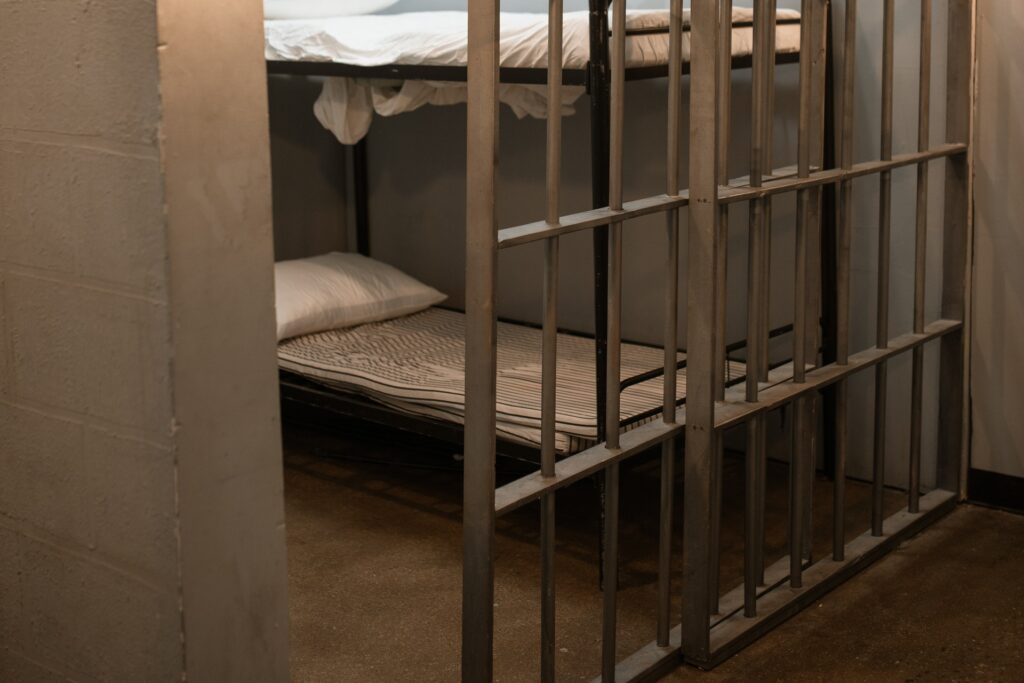By: Joseph Devine
[ad_1]
In any criminal trial, it is important for the prosecution to be able to establish the chain of custody. The chain of custody is the “movement and location of physical evidence from the time it is obtained until the time it is presented in court.” This issue is particularly important in the world of drunken driving charges that rely on a blood test to prove that the individual was drunk while driving.
Judges who preside over bench trials and jurors who are present in jury trials are required to decide cases on the evidence that is presented to them in court. The evidence used in court cannot be just anything that someone has dug out of an old closet or found under their bed. It must be certified before it can be admitted in evidence. This means that if the defense or prosecution feels that a piece of evidence is a bit iffy or suspect, the party presenting the evidence can be made to say how and where they got the evidence.
The prosecutions of various districts have, in recent years, found themselves in the quandary of not being able to say exactly what happened to a bit of evidence between the crime scene and the court room. This presents a problem because, without establishing the chain, it is very difficult to say that the piece is the same as the one taken from the actual crime scene or that nothing has happened to it to tamper with the evidence between the crime and the trial. The care offered to the evidence is crucial as well.
When the chain of custody cannot be shown for the entire period between the crime and the actual trial, there may be serious issues as to whether the evidence is valid. In addition, without the tracking of the chain, there isn’t really a certifying the evidence since there are gaps when things could have been switched or poorly handled.
In drunken driving cases, not being able to prove the chain of custody on a blood sample that is the primary piece of evidence being used to prove the case, the blood sample can be thrown out and the entire case will be useless. In the event that no one is quite sure where the sample was for a period before or after testing, it is possible that the blood was switched with some other sample, poorly tested, incorrectly tested, or any of a number of other things which all cast doubt on the integrity of the evidence.
[ad_2]
Source















